“Jesus traveled about from one town and village to another, proclaiming the good news of the kingdom of God. The Twelve were with him, and also some women who had been cured of evil spirits and diseases: Mary (called Magdalene) from whom seven demons had come out…” Luke 8:1-2
Mary was a Jewish woman from the fishing town Magdala on the western shore of the Sea of Galilee. The healing of seven demons from Mary’s life is recorded in Mark and Luke. Imagine the shame of being linked to physical or psychological illness as a cause of demon possession. Mary’s exorcism(s) received little attention but resulted in not only her healing but also her undying devotion to Jesus, her Rabbi and teacher. It is widely accepted among secular historians that, like Jesus, Mary Magdalene was a real historical figure and reportedly was one of the women who supported Jesus’ ministry financially. She always appears first whenever “a group of women” is listed in the Synoptic Gospels and as such is seen as the most important in that special group.
Looking closer in John 20, “Now on the first day of the week, Mary Magdalene came to the tomb early, while it was still dark, and saw that the stone had been taken away from the tomb. So she ran and went to Simon Peter and the other disciple, the one whom Jesus loved, and said to them, ‘They have taken the Lord out of the tomb, and we do not know where they have laid him.’” And later in verse 10, “Then the disciples went back to their homes.”
Mary was the first to visit the tomb and see the stone rolled away. She “ran” to tell the disciples, and they “ran” to see for themselves because in those days men, (even apostles), didn’t fully trust women (Luke 24:11). John believed that Jesus was alive when he saw “the evidence,” but John 20:9 reveals the disciples didn’t have a full understanding of Jesus’ death and resurrection.
Mary Magdalene’s heart broke as she witnessed her Lord, beaten, tortured, bleeding, and carrying a heavy cross through the streets of Jerusalem while people yelled “Kill him.” Then he was nailed to that cross and tortured more before finally saying “Father, forgive them for they know not what they do.” She and Jesus’ mother Mary were witnesses to the worst crime in human history, and the unjust killing of the one they loved. I’m sure she was emotionally and physically drained after the crucifixion, but she was driven on by her devotion to finding Jesus.
Now, his body is missing and her fractured heart is broken again. (Can you imagine the excruciating pain?) Suddenly “the man” standing behind Mary in the tomb speaks her name — and she knows he is her beloved Rabboni (teacher)! What if she had left the tomb with the disciples? Why did she stay behind?
Remember, she didn’t walk to the tomb, she ran! She didn’t walk to tell the disciples he was gone, she ran! She didn’t go home to sleep, she waited and wept at the tomb. Waiting resulted in her being the first to see and recognize the resurrected Savior when he called her by name. What joy she must have felt as she ran to tell the other disciples the news. What a great honor!
Prayer: Jesus, please help us to wait patiently for your voice that calls us by name. May we always seek your face, experience your loving presence, and share the Good News.
Deb Hill
Exec. Assistant to Pastor Paulson

